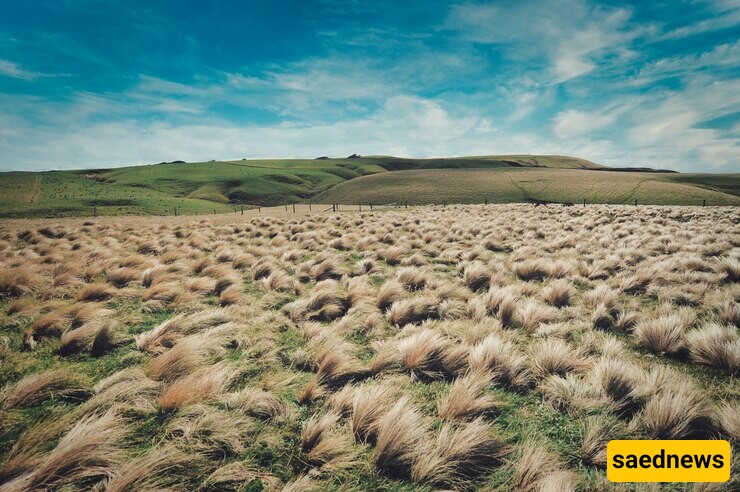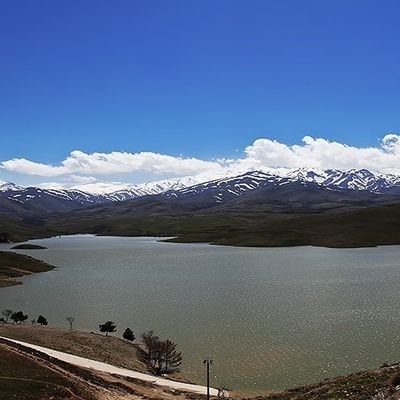SAEDNEWS: The Great Plains, vast stretches of flat, fertile land, are a cornerstone of global ecosystems and agriculture. Their formation is rooted in millions of years of geological and climatic processes, revealing a fascinating history of Earth’s natural evolution.

Reporting from SAEDNEWS, spanning continents and covering millions of square miles, the Great Plains are characterized by their flat terrain, fertile soils, and expansive grasslands. Found in regions such as North America, South America, and Central Asia, these plains serve as agricultural hubs and vital habitats for diverse ecosystems. Understanding how they formed provides insight into Earth’s dynamic history.

Millions of years ago, vast inland seas once covered areas now known as the Great Plains. Over time, these seas deposited layers of sediment, forming the flat, fertile base of the plains. For example, the Western Interior Seaway in North America left behind vast deposits of silt and organic matter, which later became the nutrient-rich soils of the prairies. The movement of Earth’s tectonic plates played a significant role in shaping the Great Plains. As mountain ranges like the Rockies and Andes formed, erosion carried sediment downhill to fill the basins, creating the extensive flatlands we see today.

During the last Ice Age, massive glaciers sculpted the Great Plains by flattening the terrain and depositing new layers of soil and rock. Glacial meltwater carved rivers and created features such as valleys and lake basins, further defining the landscape. As the glaciers receded, strong winds transported fine particles, creating loess deposits—fertile, windblown soils that are critical to the productivity of the Great Plains. This natural redistribution of materials helped create the smooth, rolling topography typical of these regions.

The climate of the Great Plains is often semi-arid, with limited rainfall. This dryness has restricted tree growth, allowing grasses to dominate the ecosystem. The resulting grasslands are uniquely adapted to withstand droughts and support grazing animals. Plains regions experience seasonal weather variations, including harsh winters and hot summers. These conditions contribute to soil fertility by cycling nutrients and promoting the growth of hardy vegetation.

Human activity has profoundly shaped the Great Plains. Their fertile soils and flat terrain made them ideal for large-scale agriculture, leading to extensive farming of crops like wheat, corn, and soybeans. However, over-cultivation and improper land use have also led to challenges such as soil erosion and the Dust Bowl of the 1930s.
Recognizing the ecological importance of the Great Plains, efforts are underway to restore native grasslands and manage sustainable farming practices. Protecting these regions ensures biodiversity and long-term agricultural productivity.
The Great Plains support a wide range of flora and fauna, from bison and prairie dogs to diverse bird species. These ecosystems play a vital role in carbon sequestration and climate regulation. As major agricultural zones, the plains are essential to feeding the world. They also provide energy resources, such as natural gas and wind power, underscoring their economic importance.
The Great Plains are more than just vast, flat expanses—they are a testament to Earth’s geological history and a critical resource for humanity. From ancient seas and glaciers to modern agriculture, their story is one of constant transformation and enduring significance. Understanding and preserving these unique landscapes is essential for future generations

